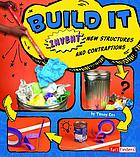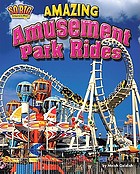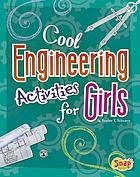What makes forces and motions on Earth? Help K-5 students answer this essential question (and meet the Common Core State Standards) with the Teaching STEM lesson plans for this mentor text: Forces and Motion at Work by Shirley Duke (GRL W / ATOS 5.2)
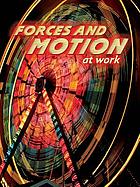
Unit Summary: Students will examine the essential question, “What makes forces and motions on Earth?” by researching information from a variety of sources relating to the vocabulary of forces and motion. They will summarize their information and then reduce their facts into a short statement of less than one hundred and forty characters in a style suitable for Twitter. From an assigned list of words, each group of students will use print and online information to define their word, read about it to identify and comprehend the scientific principle, and collect facts relating to that principle. The groups will narrow the information by wording it in a phrase or sentence that fits Twitter’s parameters. They will share their information in the library in a way that is accessible for the available technology there or in a class PowerPoint presentation designed to look like a tweet on Twitter.
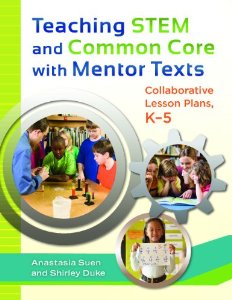 The Library Activity begins on page 76. The Collaborative Teacher Activity is on page 78.
The Library Activity begins on page 76. The Collaborative Teacher Activity is on page 78.
Extension Activities (sample)
1. Make a class Wiki and put their information on it.
2. Do a podcast about the vocabulary by writing the script in their groups and recording the information. Compare this method of communicating to other means of communicating.
3. After reading the book, have the students write a short description of the main idea of the book. Use the phrase, “I am a technology specialist.. I know that _________.”
You can find more Teaching STEM lesson plans on the Teaching STEM blog
Copyright © 2014 Anastasia Suen All Rights Reserved.



